Displaying items by tag: Moët & Chandon
#AMERICAS CUP - Moët & Chandon has signed on as an official sponsor of the 34th America's Cup.
The luxury drinks last week announced its parnership as the official champagne of the prestigious race, reinforcing its long-standing history of supporting sportsmanship, and sailing in particular.
Moët & Chandon will be following the world's fastest boats from the World Series to the Louis Vuitton Cup (4 July-1 September 2013) and the America's Cup Match in San Francisco from 7-22 September 2013.
As previously reported on Afloat.ie, the 34th America's Cup will effectively take place in a nautical stadium along the San Francisco waterfront, with spectators being able to follow the whole race from the shore.
Skippers from all nine teams competing in the America's Cup World Series were invited at the official announcement to sign a Golden Jerboam of Moët & Chandon. It will be auctioned with proceeds going to the Healthy Ocean Project, the global initiatives of the 34th America’s Cup to educate the world’s populations about the issues facing our oceans and inspire them to act.
Among those sailors stepping up to the America's Cup challenge is Cork native Revelin Minihane, who has joined ORACLE Racing's team for its World Series campaign.
As a junior, Revelin Minihane was a Mirror world champion crewing for Marty Moloney in 1999, and is yet another example of some of our top juniors making it on to the world stage.
Minihane's pedigree in a safety role - which has taken on added importance with the new wingsail catamarans - is also undoubted, with his experience volunteering with the Baltimore RNLI lifeboat.





























































